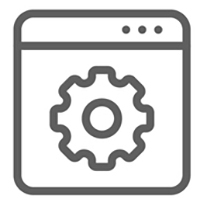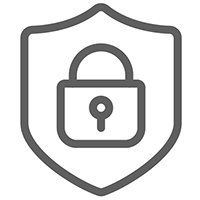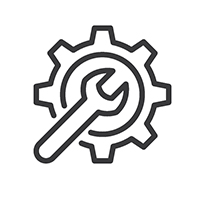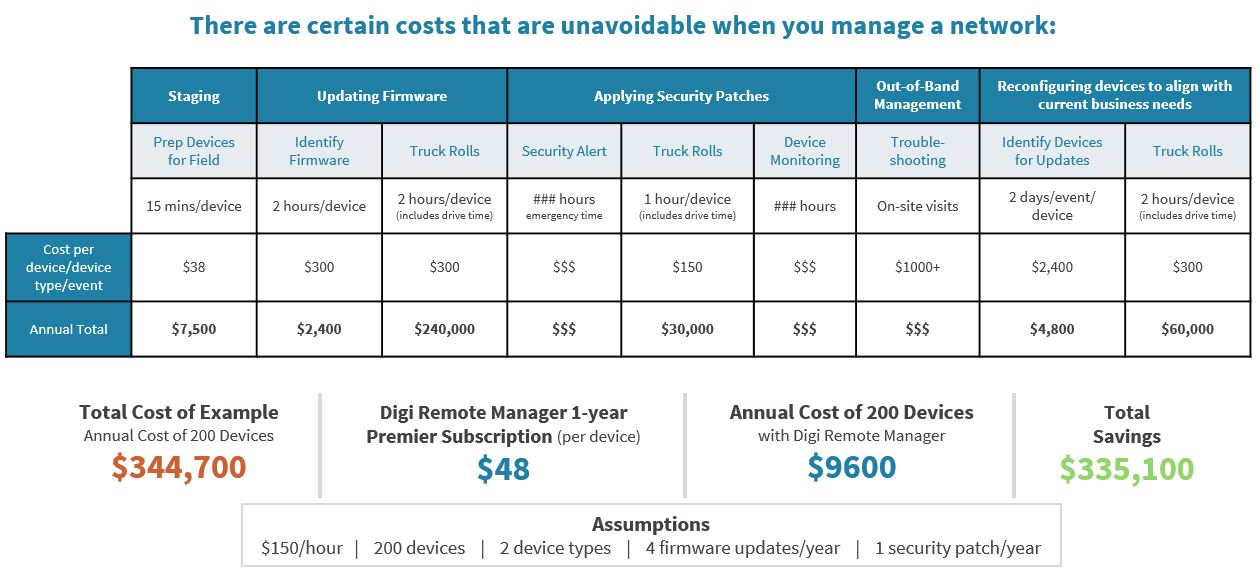It’s the mantra for almost every organization in 2021: Find ways to cut expenses and improve efficiency. In the commercial and government sectors – from utilities to transportation systems to manufacturing and the supply chain – no area is exempt from extra scrutiny.
But as adoption of the Internet of Things continues to accelerate and broaden, the costs to manage and maintain these vast, far-flung portfolios of sensors, modems, and other connected devices can rise as well. Without a management strategy, the cost of an IoT deployment can quickly escalate.
Let’s take a dive into how those costs add up, and how to quickly and easily you can rein it all in.
The Cost of IoT Monitoring and Management
Consider, for instance, a relatively moderate-sized deployment of 200 devices. The challenges of preparing a specific configuration for devices require the time of skilled technical personnel. If you need to create those configurations one-by-one 200 times, and apply them individually to each device, you have a major investment of time and skilled labor on your hands.
And that’s just in the deployment phase.
Once deployed, your network never sleeps. Over time, you need the ability to
monitor those devices for uptime,
apply security patches to remain in compliance, and
update firmware to enhance or change device functionality. These ongoing needs all present major costs if you don’t have the tools at hand to handle them efficiently.
Additionally, since IoT applications are inherently designed to operate in widely dispersed locations – from shopping malls and oil fields to storage tanks, industrial sites, and busy traffic intersections – you need to factor in the added costs if site visits are needed. With truck rolls easily costing $150 each, IoT management costs quickly reach into the hundreds of thousands of dollars per year for this modest deployment. And if devices experience unplanned outages and downtime, your vital business operations and processes can grind to a disruptive halt.
Fortunately, there’s an answer: centralized provisioning, monitoring, and management of the entire portfolio of IoT devices.
Centralized IoT Management with Digi Remote Manager

A hosted IoT device management platform, such as
Digi Remote Manager®, transforms geographically dispersed IoT devices into an intelligent, connected network through centralized management. Digi RM automates repetitive, manual tasks, and makes it easy to confirm that IoT devices are working properly. Instead of truck rolls, site visits, and delays, you can troubleshoot problems and remediate issues automatically.
With a secure, centralized platform for managing your portfolio of IoT devices, you can achieve a rapid and meaningful ROI based on four important dimensions:
- Authentication

Secure authentication – of both users and devices – is a key first step. You want to ensure the devices connected to your network are
authorized to be there. A central platform can manage certificate-based provisioning to ensure certificates are genuine and that each session is properly authenticated.
Digi’s sophisticated approach to IoT security relies on multiple strategies to secure devices and deployments through the
Digi TrustFence® device security framework, including two-factor authentication and unique default passwords for all Digi products. All Digi
cellular routers integrate both Digi TrustFence and subscription-based Digi Remote Manager to simplify setup and authentication in the deployment of connected applications.
- Configuration

When it’s time to deploy devices, you want your technicians to focus on the tasks which can only be performed on site – such as securely anchoring equipment, making proper physical connections, and protecting devices from the elements. It’s much more efficient to have your technician arrive at the site with a
preconfigured device.
The device’s firmware settings – the “device profile” – help you standardize multiple devices using a single configuration. When it’s connected, the device can automatically grab new firmware updates based on the device’s logical/organizational group. What’s more, you can still individually manage configurations of those devices with the same configuration profile.
By pre-registering the device, you assign it to a group with a custom configuration. That enables you to easily scale for deployments across thousands of devices and still manage them with a small team. Without a centralized management platform, it’s not feasible to manually deploy and manage more than a small handful of distributed devices.
- Security/Monitoring

Once your devices are up and running, you need to keep them operating at all times. Digi RM's customizable visual dashboards provide intuitive charts and graphs for fast insights into network performance and let you click through to details.
Digi RM monitors your device network 24/7 for unauthorized changes to your configuration profile, sends alerts, and can
automatically restore an approved configuration in the event of unexpected or unauthorized changes.
When a device is down, how you do you connect to it? With Digi Remote Manager as your central management platform, you can remotely access devices "out of band" through a built-in terminal console if the network is down. This is crucial when your devices are dispersed across a wide geographical area, making truck rolls to each location cost prohibitive.
- Maintenance and Updates

Your management platform should help you administer nearly all of the different components of the “IoT stack,” including hardware, software, cloud-based applications, tools, middleware, and firmware, as well as edge devices. An encrypted, bi-directional connection is essential, enabling you to download new business logic whenever necessary.
Digi Remote Manager provides flexible customization with a full suite of web services APIs that you can use to implement and integrate with third-party applications, such as Amazon Web Services (AWS), Microsoft Azure, or Google Cloud.
The ROI Business Case
If you had to manually manage all aspects of an IoT deployment, you’d be logging onto dozens, hundreds or even thousands of individual devices and making expensive site visits and truck rolls. The table below illustrates some calculations for a network of 200 devices.

At a glance, it’s easy to see just how compelling it is to centrally manage an IoT network through a single pane of glass. What cost issues regarding IoT management are on your mind? Get in touch with us to see how you can gain control.
Get started with your free trial or connect with a Digi professional by starting at
shop.digi.com.